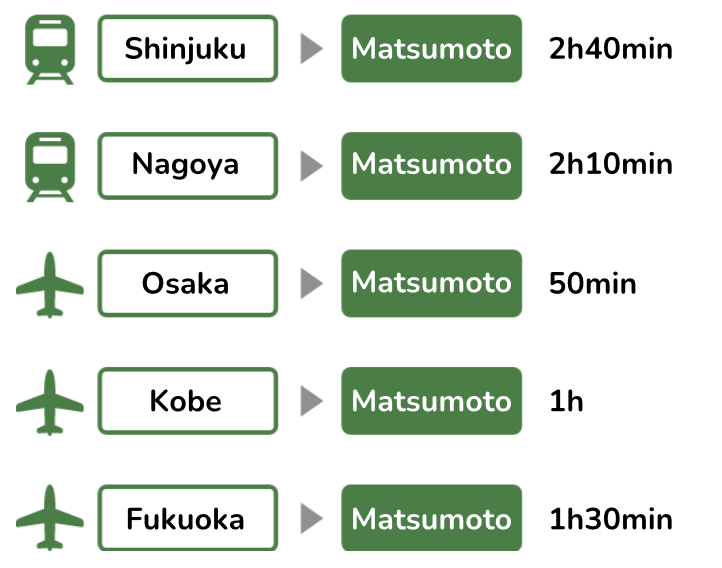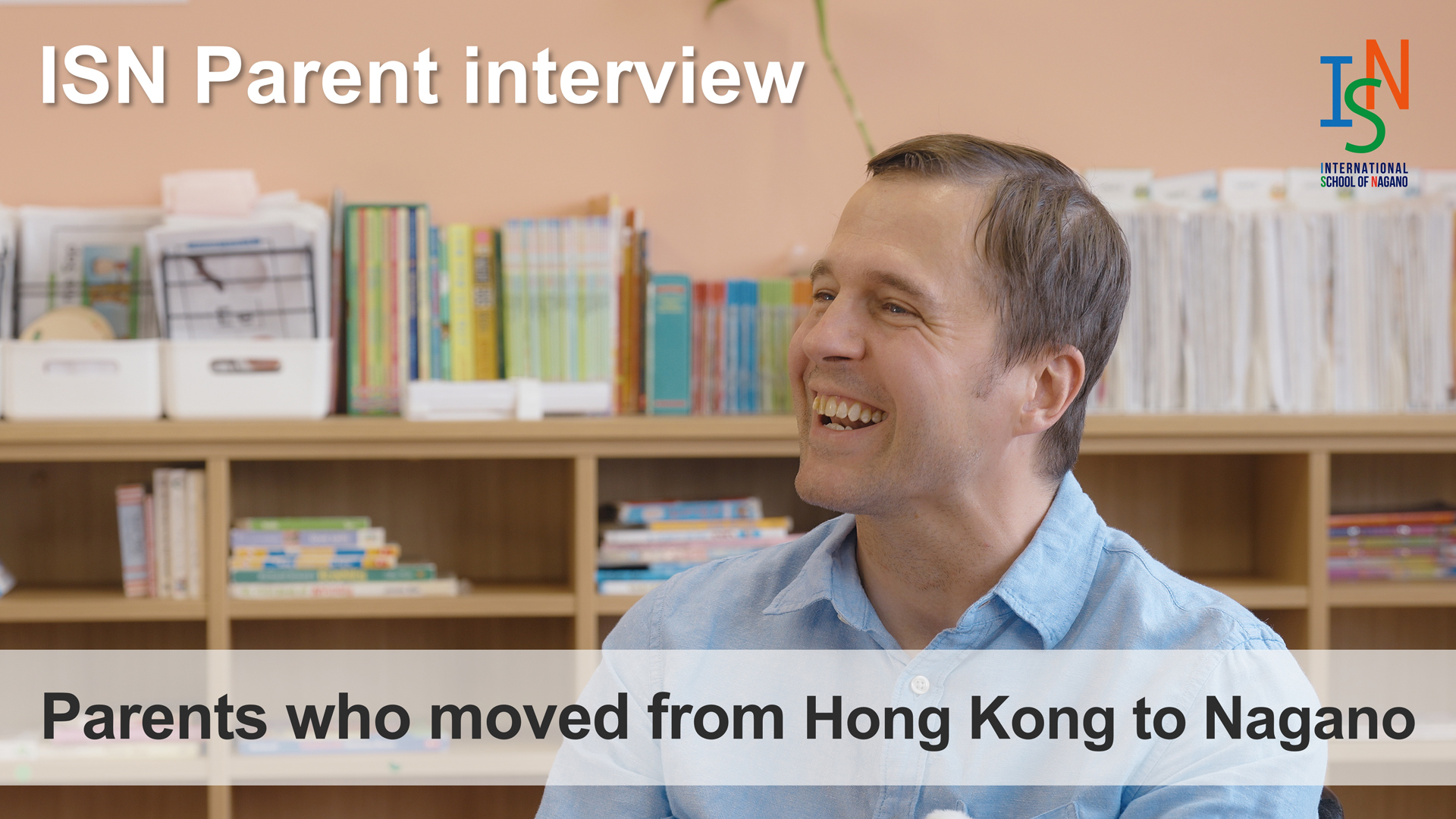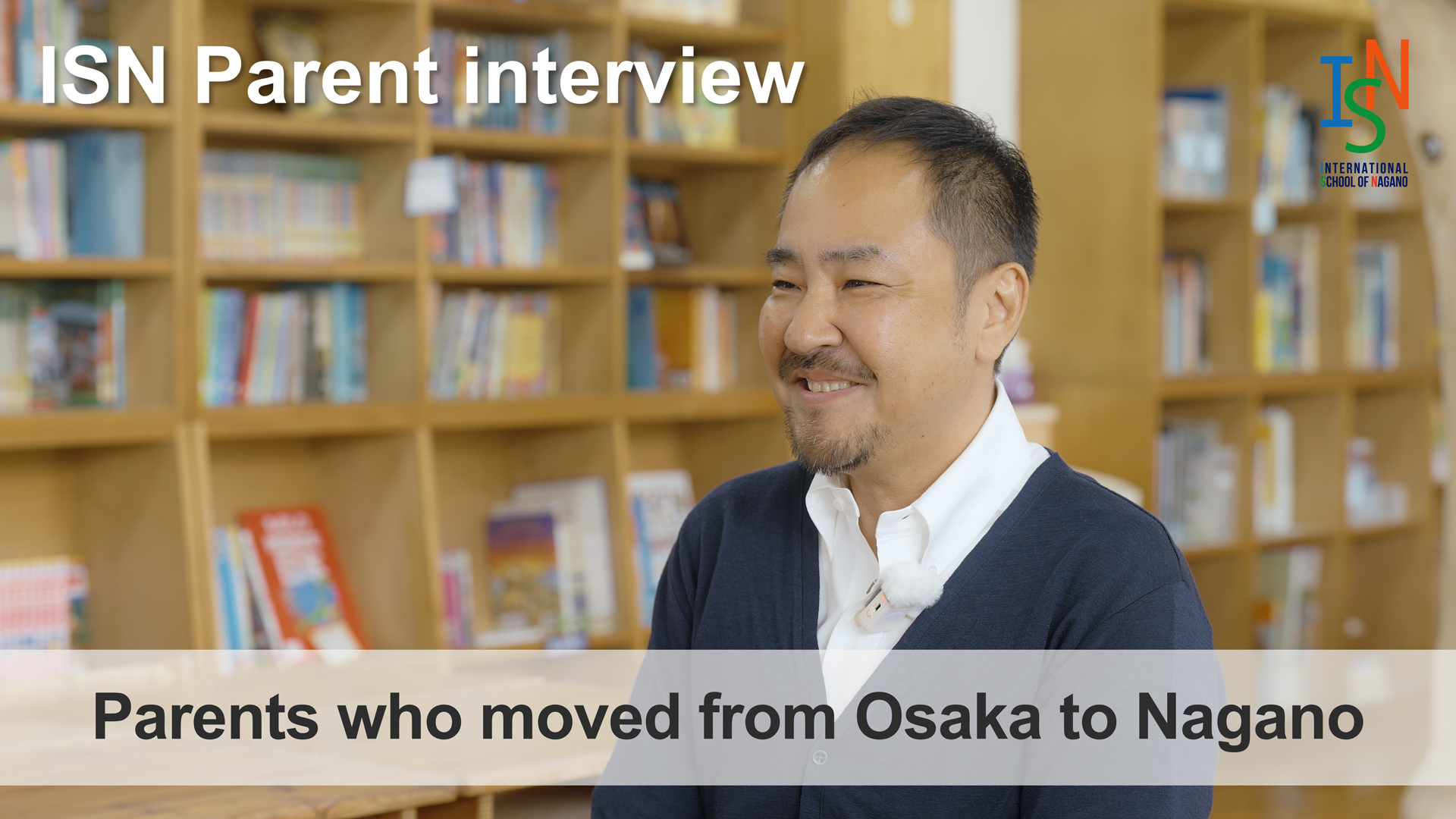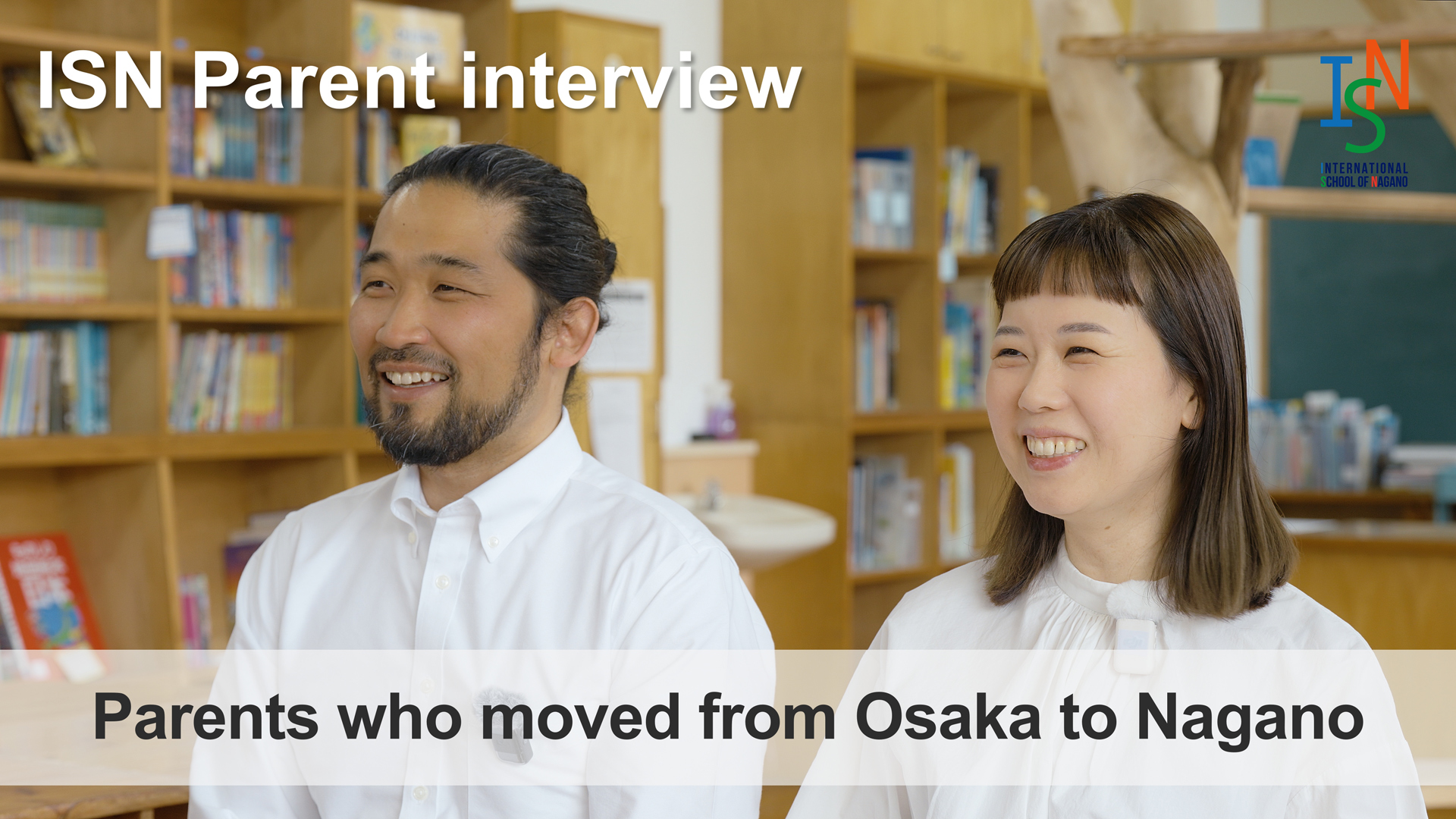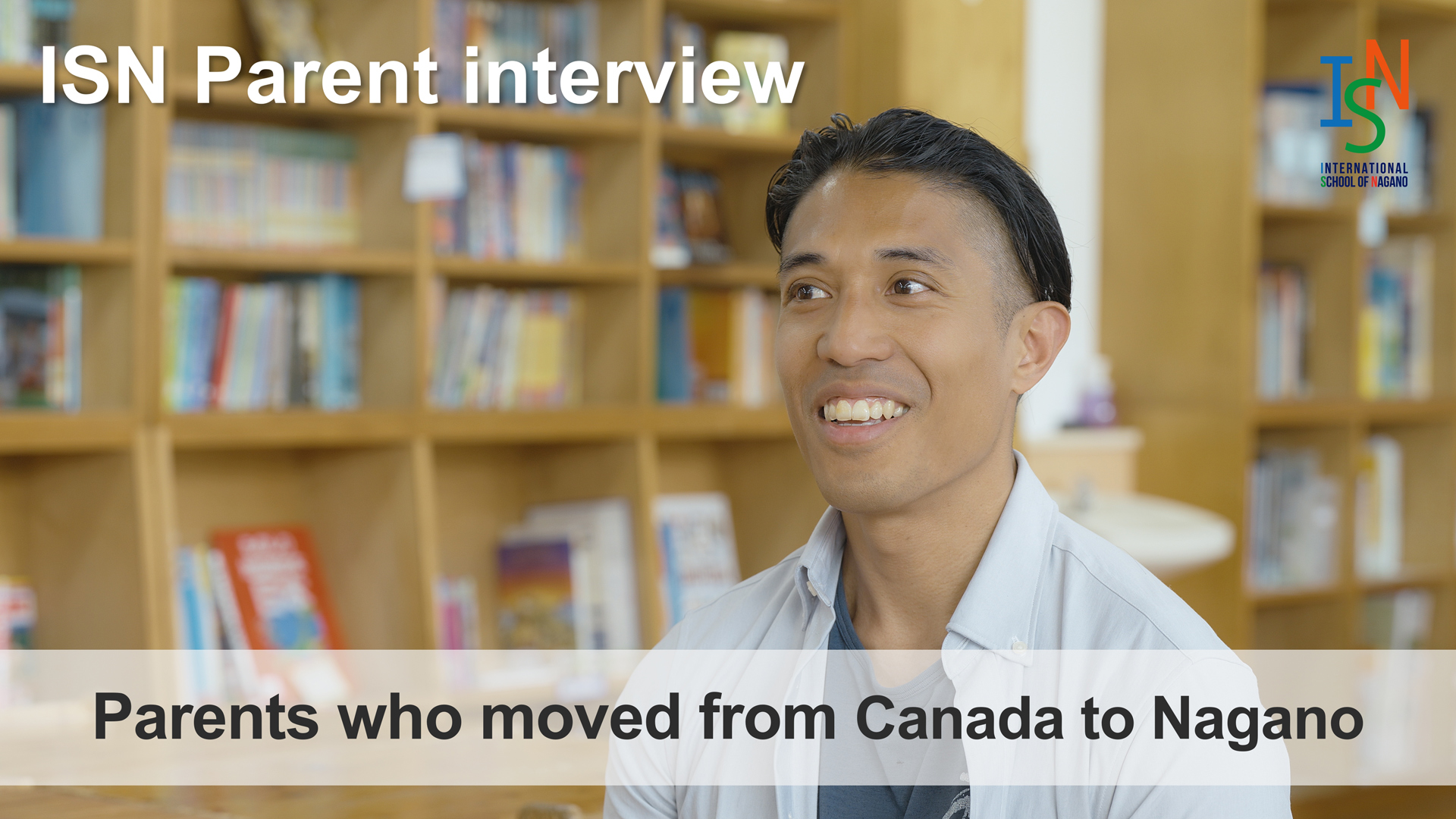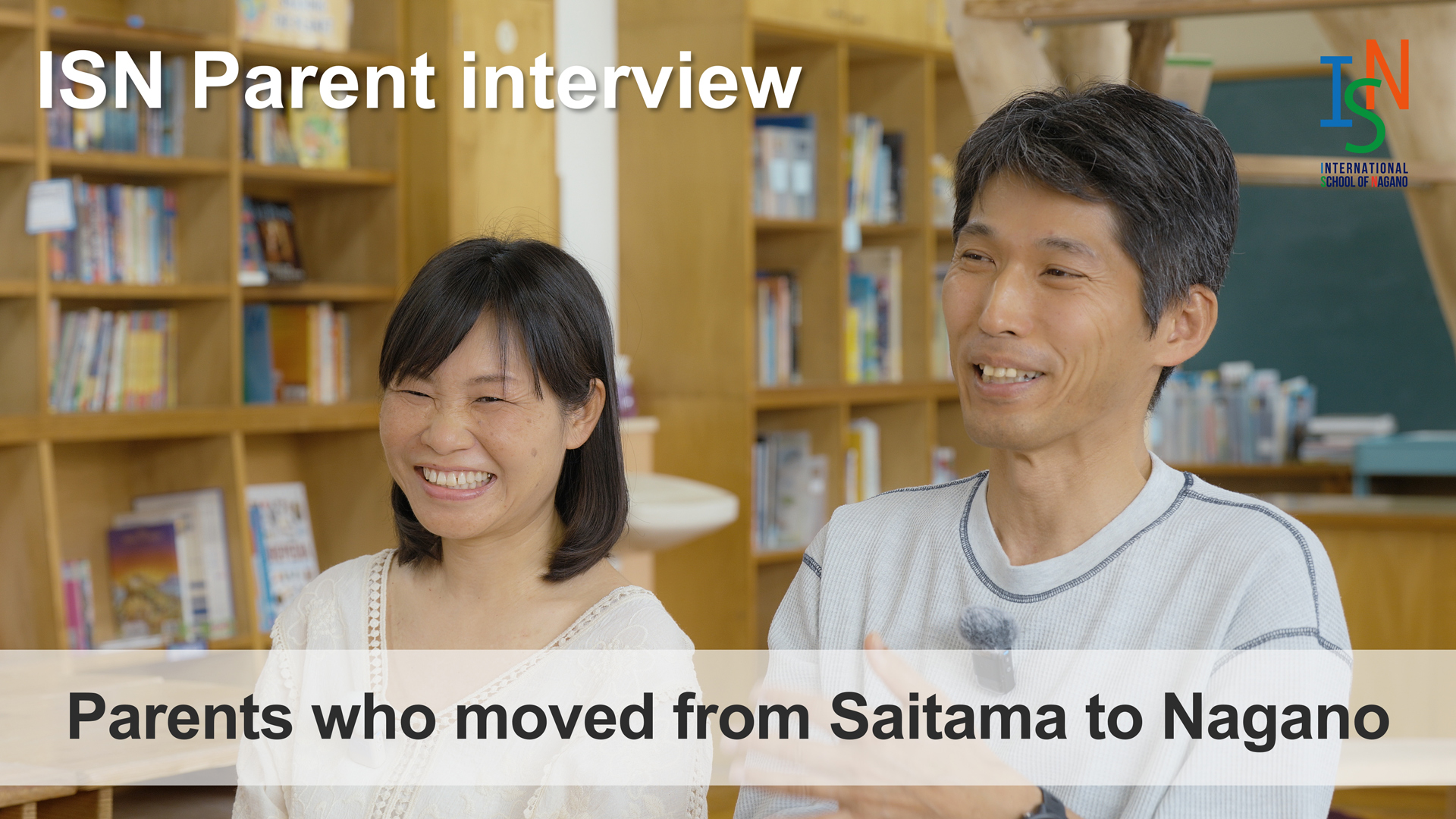Moving to Nagano
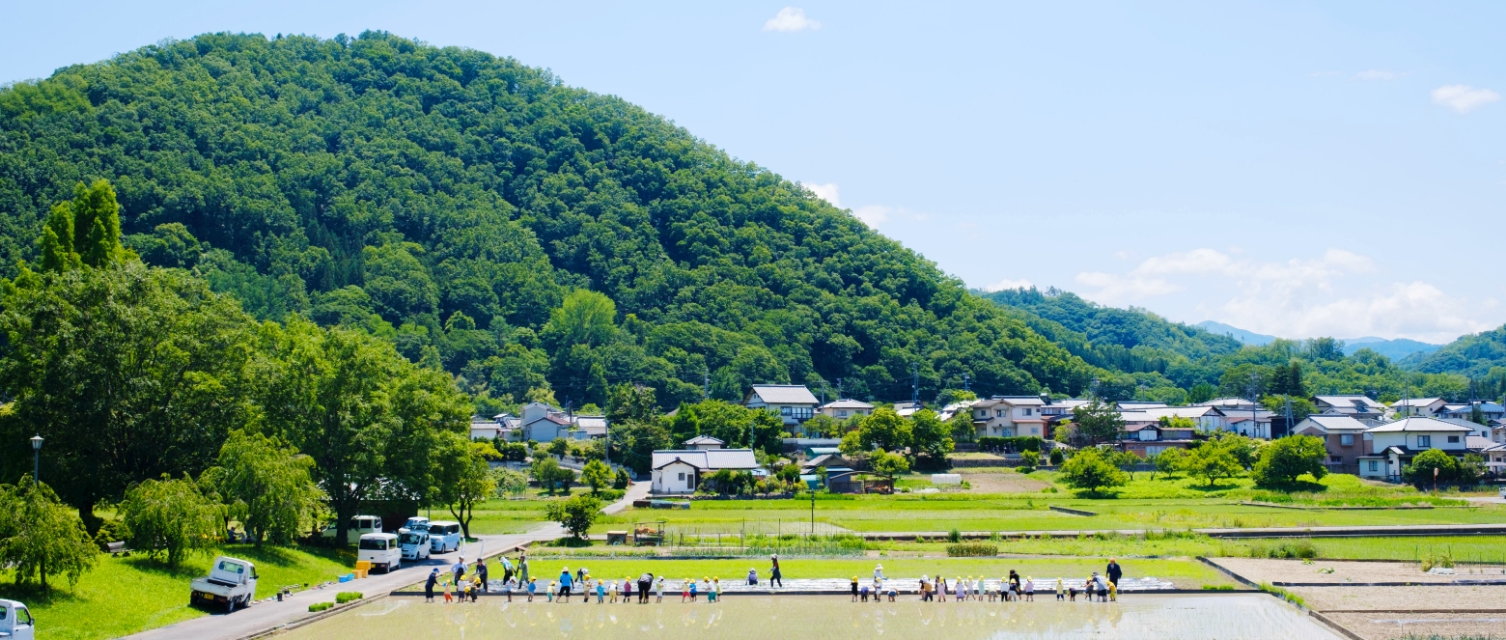
Step away from the urban hustle and bustle and embrace a world of learning amidst the natural beauty of the Japanese Alps
With the rise of remote work, more families are seeking to provide their children with better learning opportunities in environments rich in nature. International School of Nagano, located in Nagano Prefecture, has become a trusted educational partner for many families who have relocated from across Japan and around the world.
ISN operates five campuses throughout Nagano Prefecture, offering a unique learning environment that blends world-class education with the rich natural and cultural heritage of the region. On this page, we share interviews with parents who have made the decision to relocate to Nagano, providing insights into their new lives and educational experiences. Additionally, we provide access information from various cities and practical resources for those considering relocation.
- "We want to live in Shinshu!"
- Interviews with ISN Parents
- Discussion with a Parent who Decided to Relocate to Nagano
- "We prefer a school with a distinctive program!"
- "ISN is the best choice!"
- ISN Access Map
Interviews with ISN Parents
Discussion with a Parent who Decided to Relocate to Nagano
Ms. S. has relocated from Tokyo to Nagano City in Spring of 2022. She is a mother of two.
“I currently worksfor a company based in Tokyo, but follow a “hybrid work style” that combines office work and remote work. I commutes to Tokyo several times a week using the shinkansen, while working remotely from Nagano on the remaining days. During shinkansen commutes, I can sit down and focus on work or research, making productive use of the travel time.”

Which ISN Campus are you a member of?

I use the Nagano Campus. My older child attends the elementary school, while my younger child goes to preschool.

How did you learn about ISN?

When we decided to move, we researched several schools with distinctive programs. Among them, I recall ISN standing out to us due to using keywords like “international mindedness” and “global education”.

Could you share the reasons that made you choose ISN?

First, we want to relocate for educational purposes, then we decided we want to live in Shinshu. Our train of thought was that we prefer schools with distinctive programs, and that’s what led us to ISN. Let me explain each step in detail below.
“We want to relocate for educational purposes!”
In the area of Tokyo where I used to live, it is common for parents to start looking for cram schools as soon as their children entered elementary school, as middle school entrance exams were the norm. If you didn’t secure a spot in a cram school from the first grade, by third or fourth grade, spots would already be full, making admission highly competitive. Everyone was preparing for these entrance exams well in advance.
This made me question whether it was right to lay out a predetermined path for my children’s future based on the current perspectives of adults, especially in an uncertain and ever-changing world. These children will eventually face and have to solve societal problems that even we, as adults, don’t have solutions for.
With that in mind, I wanted to let my children grow freely and naturally, and within that environment, help them develop skills like problem-solving and autonomy – things that I believe will be essential in the future. That’s when I began considering relocating for educational purposes, particularly to a region rich in nature.
“We want to live in Shinshu!”
I’ve always loved mountain climbing and used to visit the mountains of Shinshu almost every month. Even when my children were little, we would go hiking as a family. Sometimes they were crying while climbing, but along the way, they would find bugs and mushrooms, enjoy packed lunches at the summit, and we would soak in hot springs together after descending. Through these experiences, I could see how my children grew and connected with nature.
Shinshu is a region where the balance between nature and culture is excellent. There are plenty of events to take part in and extracurricular activities, and because it’s a popular tourist destination, there are also great restaurants and shops to enjoy. It seemed like a place where we could quickly feel at home.
I found Shinshu incredibly appealing as a place where children could grow through interactions with nature while also benefiting from cultural stimulation.
Another key point is the wide range of school options available in Shinshu, including public, national, private, international, and alternative schools. This variety ensures that children can continue to receive a high-quality education as they advance to middle and high school.
“We prefer a school with a distinctive program!”
As mentioned above, I had a strong desire to provide my children with the education needed for their future. While researching educational options with a focus on international standards, I came across ISN, an international school that implements the International Baccalaureate (IB) curriculum.
“ISN is the best choice!”
I strongly resonated with ISN’s school vision. I initially thought that international schools were mainly concentrated in urban areas like Tokyo and were less common in other places. However, ISN’s approach of blending international standard education with the unique assets of a rural region felt exceptionally valuable and sparked great expectations for the opportunities it offers. Additionally, since my two children were at different stages of their education, one in elementary school and the other in preschool, the fact that ISN offers both an elementary school and a preschool curriculum was a decisive factor for us.

What aspects of ISN curriculum do you consider most important?

The three aspects I consider most important are explained below.
#1 English Environment
I believe that having English skills sufficient to speak and understand without difficulty will be essential in the future. Therefore, an all-English environment where conversations take place in English, not only during classes but also during breaks, and where international standard materials are used, is extremely important. At ISN, both the teaching staff and students are multicultural, and the learning materials are in English, so I feel this aspect is achieved well.
#2 The Program’s Adaptability
For example, students engage in learning on topics such as war or environmental issues. These lessons go beyond classroom instruction, incorporating fieldwork as well. I’m consistently impressed by how much awareness and knowledge even lower elementary school students can acquire through these activities.
Additionally, both the elementary school and preschool emphasize learning about well-being. It’s not just about gaining knowledge but also about understanding how to take steps to positively impact people around them. I think this approach of making it personal and practical is excellent.
ICT education is also integrated, with students researching topics, creating presentations on their laptops, and delivering them. I even noticed them use AI with ease, which makes me feel that ISN is proactively preparing students for an era where AI continues to evolve.
#3 Fostering Autonomy
At ISN, children are provided with many opportunities to think, research, and present on their own. They naturally develop the ability to express their opinions and accept different perspectives. For example, they practice setting their own homework load and deciding classroom rules through discussions, even from the lower elementary grades. I truly feel that this approach nurtures the skills for living that are essential for the future.
ISN Access Map
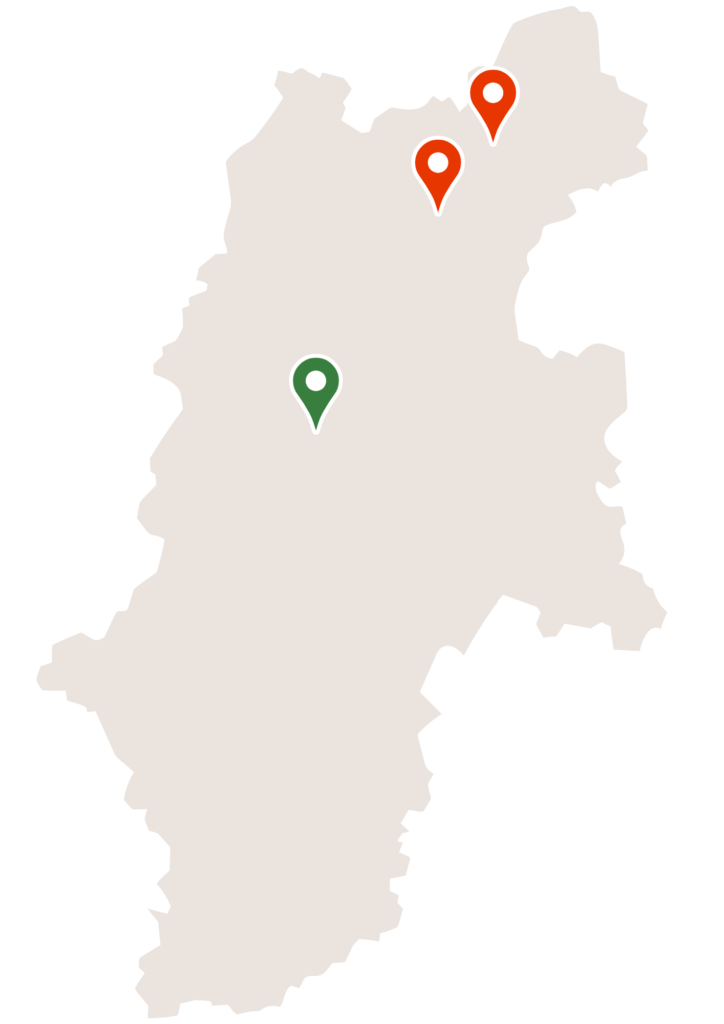
Matsumoto Area
Gojo Campus
Shimauchi Campus
Minami Matsumoto Campus
Nagano/Nakano Area
Nagano Campus
Nakano Campus
Saku Area
Saku Kirihara Campus
Nagano Area Access
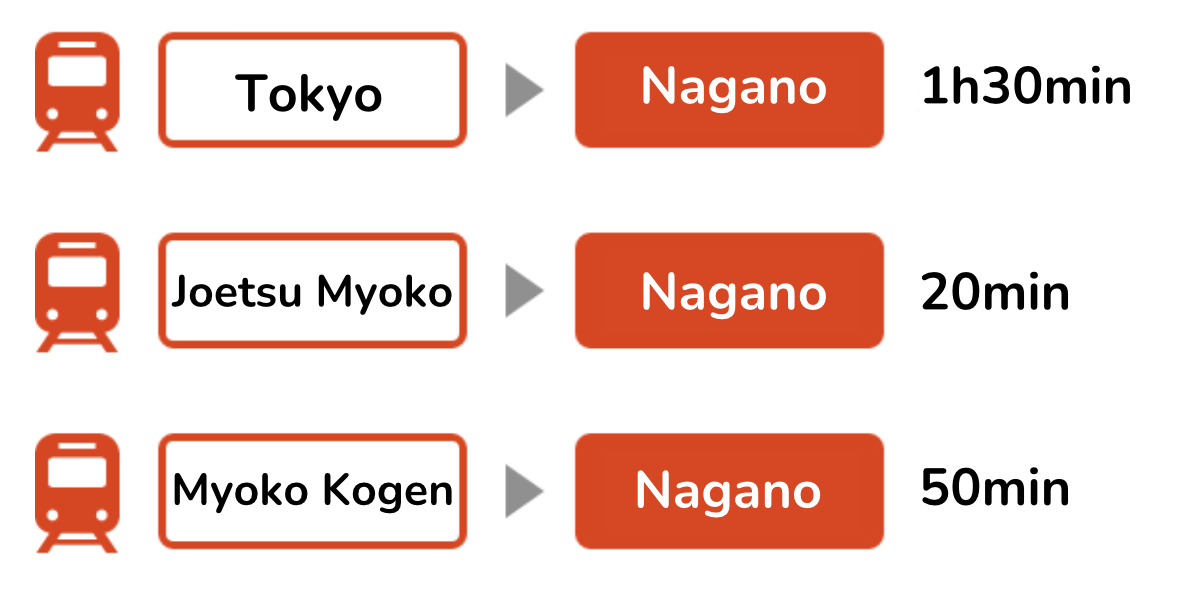
Matsumoto Area Access
